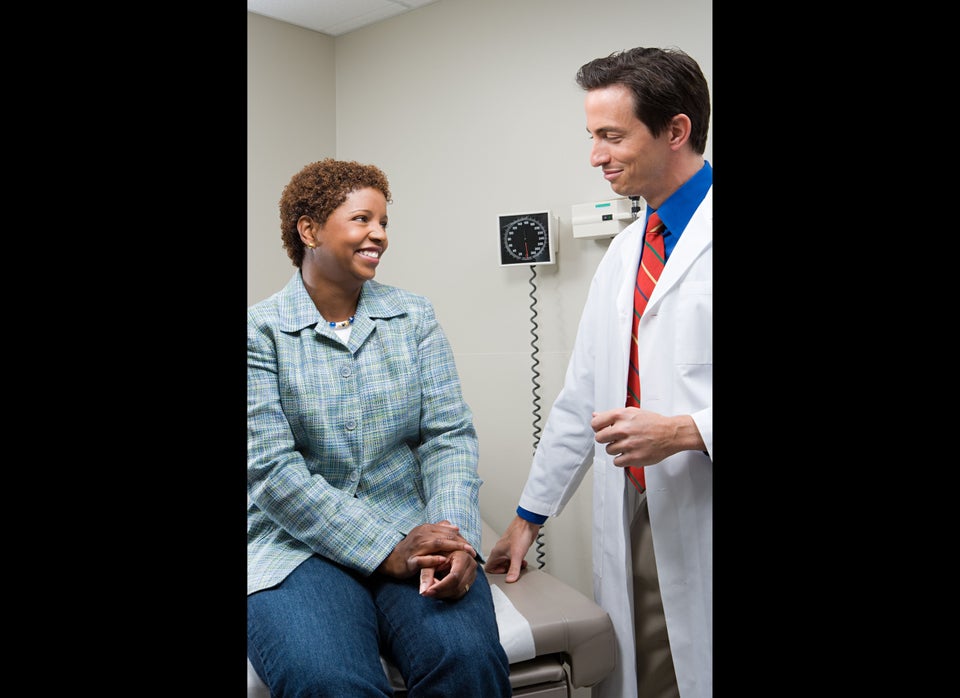
Walking slower is more than a sign of getting older -- it could be a sign of increased thigh fat.
At least that's the verdict from a recent study from Wake Forest Baptist Medical Center in Winston-Salem, North Carolina. The study authors found an "increase in fat throughout the thigh is predictive of mobility loss in otherwise healthy older adults," according to a press release. Slower walking speeds have been linked to disability, nursing home admission and death, lead author Kristen Beavers told Huff/Post50 in an email interview.
"The act of walking requires considerable energy and coordination, and declines in gait speed may signify reduced energy availability, potential damage to one or more body systems, or a combination of these factors," Beavers wrote. "These reasons are thought to explain, at least in part, the relationship observed between declines in gait speed and increased likelihood of death."
Researchers looked at a study sample of 2,306 healthy men and women between the ages of 70 and 79, using data from the National Institute on Aging’s Health, Aging, and Body Composition. Walking speeds were determined by how long it took participants to complete a 20-meter walk; participants were tested annually for four years, and their body composition (thigh fat and muscle) was measured as well. The average healthy older adult can complete a 20-meter walk in less than 20 seconds -- 18.2 seconds for women and 16.7 seconds for men, according to Beavers.
"We split people into groups of thigh fat and muscle changes," Beavers wrote. "What we found is that the people who are losing the most thigh muscle and gaining the most thigh fat are seeing on average a 0.05 meter/second change in their gait speeds. The average effect on 20-meter walk times translates to about a 1 second increase in their 20-meter walk times, but probably more importantly, it pushes people closer to having limitations in their mobility and function."
Those who gained the most thigh fat and lost thigh muscle were the most at risk for a decline in mobility, the study found, making those two factors "important predictors of gait speed decline in otherwise healthy older adults," according to Beavers.
This piece of news may send some to the gym, but Beavers is quick to point out it's not as simple as that.
"About 1/4 to 1/3 of weight losses tends to be in the form of muscle mass, rather than fat mass, which may be particularly detrimental for the older adult," Beavers wrote. "Exercising while losing weight, specifically resistance training, may attenuate the loss of muscle mass that accompanies weight loss in older adults."

